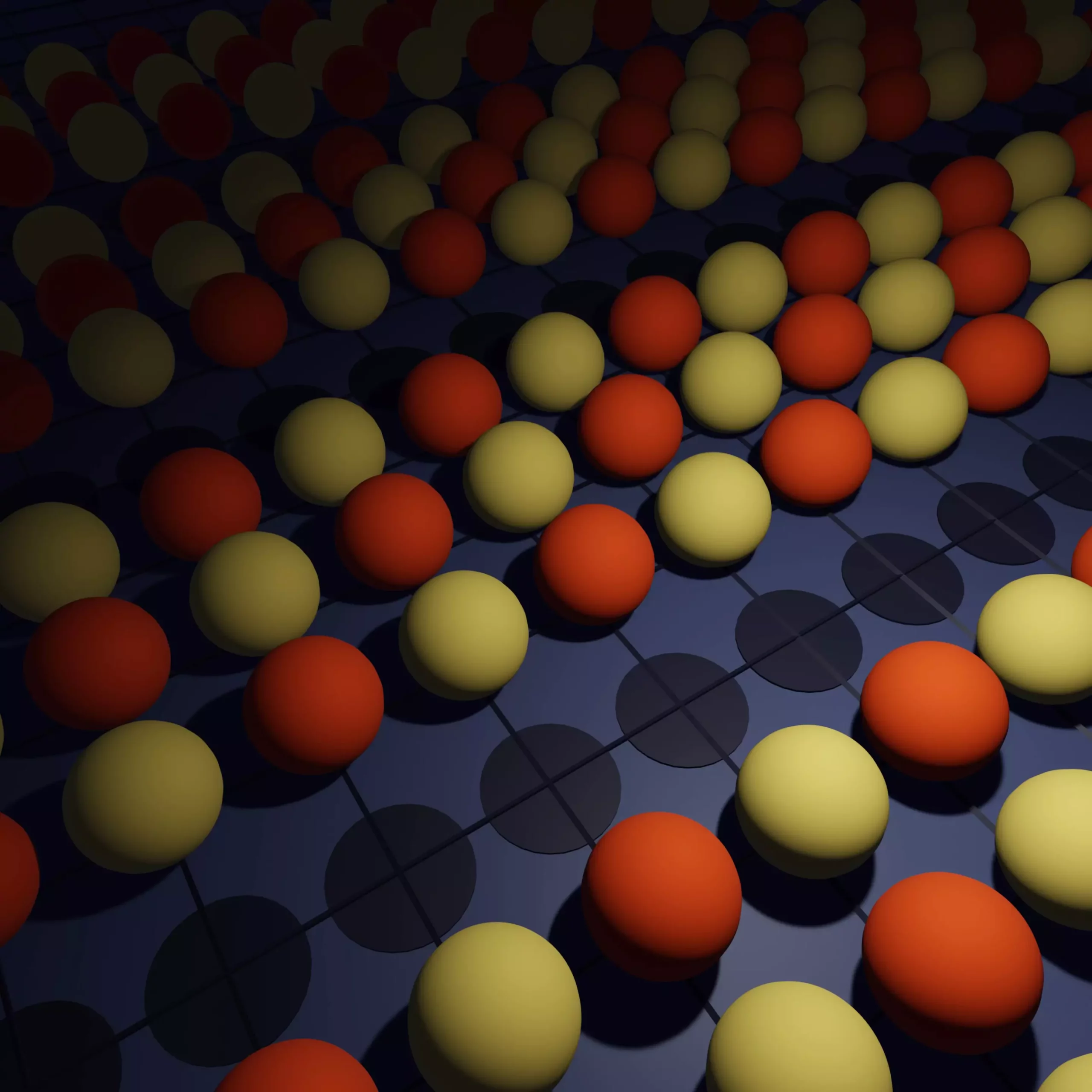Quantum physics is replete with intricate phenomena that have puzzled scientists for decades. Among these, the pseudogap stands out as a significant yet enigmatic aspect, closely linked to the realm of superconductivity. A recent groundbreaking study published in the journal Science has shed new light on this perplexing state, offering insights that may ultimately lead to the long-sought goal of room-temperature superconductivity. Such a breakthrough could revolutionize various technologies, paving the way for lossless power transmission, enhanced MRI machines, and revolutionary magnetic levitation transport systems.
Superconductivity, characterized by the ability of certain materials to conduct electricity without resistance, has been observed in specific compounds, predominantly those containing copper and oxygen, at remarkably low temperatures—approximately below minus 140 degrees Celsius. Beyond these temperatures, these materials transition into a pseudogap state, where their electrical properties appear to oscillate between those of typical metals and semiconductors. Despite extensive research, scientists have grappled with understanding the underlying mechanisms driving the emergence of the pseudogap and its persistence as temperatures approach absolute zero.
The key to unraveling the mystery of the pseudogap lies in advanced computational techniques that model electron behavior within these complex materials. However, such calculations are notoriously challenging due to the intricate phenomenon of quantum entanglement, which causes electrons to become interdependent even after separation. For systems involving more than a handful of electrons, performing precise simulations becomes an arduous, if not impossible, task.
To circumvent these computational barriers, researchers have historically relied on models like the Hubbard model, which conceptualizes a material as a chessboard, allowing electrons to “hop” between spaces like a rook. While this model has its strengths, it also presents limitations—especially in intermediate states where pseudogap phenomena occur. This is where the recent study makes a significant contribution.
The team employed an innovative algorithm known as diagrammatic Monte Carlo, a powerful tool that examines the behavior of multiple particles simultaneously, thereby overcoming some of the limitations faced by traditional computational methods. This approach allows researchers to model the interactions of countless electrons, providing a broader, more cohesive picture of how the pseudogap evolves as temperatures decrease.
New Discoveries about Phase Transitions
With the novel computational framework in hand, the researchers explored the behavior of materials transitioning from the pseudogap phase toward absolute zero. Previous studies had established a connection between the removal of electrons and the formation of the pseudogap, but questions persisted regarding how these materials would behave as cooling progressed.
The findings were illuminating: As the temperature lowered, materials in the pseudogap phase exhibited a tendency to form “stripes,” or organized rows of electron spins interspersed with empty spaces. Interestingly, how these stripes emerged varied depending on the electron count within the system. When the number of electrons matched the number of spaces on the Hubbard model’s chessboard, the material formed a stable insulating pattern—an outcome largely irrelevant to superconductivity research. However, fluctuations in the electron population revealed a potential pathway to superconductivity or to the development of the aforementioned stripe formations.
This new understanding not only clarifies the fate of the pseudogap but also posits that including further intricacies into the Hubbard model—such as enabling diagonal electron movements—could ultimately lead to superconductivity emerging from the pseudogap phase.
The implications of these findings extend well beyond the confines of theoretical physics. They represent a step toward merging computational and experimental approaches to solve some of the most longstanding challenges in the field, exemplifying the importance of collaborative scientific efforts. As co-author Antoine Georges articulates, the fog surrounding these phenomena is lifting, revealing a more comprehensive landscape of possibilities that were once shrouded in ambiguity.
Moreover, the advancements made in understanding the pseudogap can benefit areas such as quantum gas simulations. Researchers are now able to cool atoms to ultracold temperatures and trap them in lattice structures akin to the Hubbard model, where the pseudogap can be studied in real-world conditions. This synthesis of theory and experimentation positions the scientific community on the threshold of significant advancements, hinting at a future where the understanding of superconductivity may lead to practical applications that were once considered the realm of science fiction.
As the search for room-temperature superconductors continues, the revelations about the pseudogap will undoubtedly play a pivotal role. By dismantling barriers to understanding in this challenging area of condensed matter physics, researchers are not only edging closer to resolving a long-standing mystery but also igniting excitement for what may lie ahead in the realms of technology and innovation. The guidance provided by this study is clear: the journey to unlock the potential of superconductivity is far from over, but new tools and insights are shining a beacon of hope for future breakthroughs.


Leave a Reply